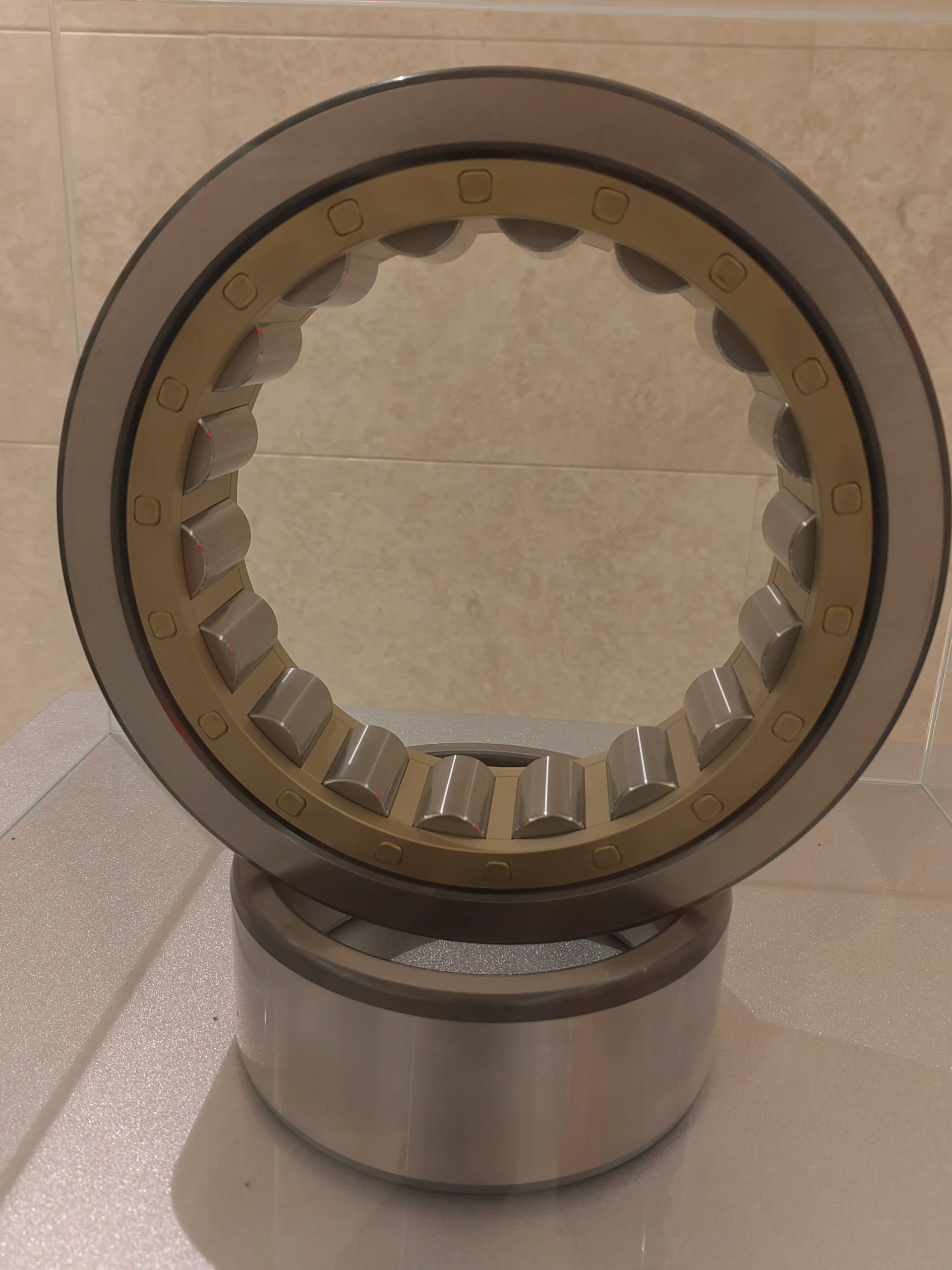
Nov . 24, 2024 14:18 Back to list
Understanding the Benefits and Applications of Cylindrical Roller Bearings in Machinery
Understanding Cylindrical Roller Bearings Design, Function, and Applications
Cylindrical roller bearings are a type of rolling element bearing that utilizes cylindrical rollers to maintain the separation between the bearing races. Designed for high radial load applications, these bearings have become a popular choice in various engineering fields due to their unique characteristics and performance capabilities.
Design Features
Cylindrical roller bearings consist of an outer ring, an inner ring, a cage, and several cylindrical rollers. The rollers are oriented parallel to the bearing axis, which allows them to distribute loads evenly and minimize stress concentrations. Depending on the design, cylindrical roller bearings can be single-row, double-row, or even multi-row, providing versatility for different applications.
One of the primary advantages of cylindrical roller bearings is their ability to accommodate high radial loads. The contact area between the cylindrical rollers and the raceways is larger than that of standard ball bearings, making them suitable for heavy loads. Additionally, the cylindrical shape of the rollers reduces friction, leading to increased efficiency and heat dissipation.
Functionality
The primary function of cylindrical roller bearings is to enable smooth rotational motion while supporting radial and axial loads. When a load is applied, the cylindrical rollers roll along the curved surfaces of the inner and outer rings, converting the applied load into a rotational force. The design allows for minimal rolling resistance, making cylindrical roller bearings efficient for high-speed applications.
These bearings are particularly advantageous in applications where heavy radial loads are encountered, such as in electric motors, gearboxes, and industrial machinery. Their high load-carrying capacity and durability make them ideal for situations where space is constrained but performance cannot be compromised.
Applications
cylindrical roller bearings

Cylindrical roller bearings are widely used across various industries, including
1. Automotive Industry These bearings are commonly found in vehicle engines, transmissions, and axles. Their ability to handle high radial loads makes them essential for reliable vehicle performance.
2. Manufacturing and Heavy Machinery In the manufacturing sector, cylindrical roller bearings are utilized in gearboxes, turbines, and large industrial equipment. The bearings support heavy loads and help ensure the smooth operation of machinery.
3. Pumps and Compressors In pumps and compressors, cylindrical roller bearings help manage the significant radial loads produced during operation. Their robustness allows for extended service life, reducing maintenance downtime.
4. Railway Applications These bearings are crucial in the rail industry for supporting axle loads in locomotives and freight cars. Their durability and load-carrying capacities are vital in ensuring safe and efficient rail transport.
Conclusion
Cylindrical roller bearings are essential components in various mechanical systems, providing low friction, high load capacity, and reliability in demanding environments. Their unique design, featuring cylindrical rollers, allows them to excel in applications requiring robust performance under significant radial loads.
As industries continue to evolve, the demand for high-performance bearings will only grow. Understanding the characteristics and advantages of cylindrical roller bearings will be crucial for engineers and manufacturers seeking optimal performance in their equipment. Whether in automotive, industrial machinery, or energy sectors, cylindrical roller bearings offer an efficient solution for enhancing operational efficiency and reliability.
Latest news
-
Premium Deep Groove Ball Bearings | High Speed & Reliability
NewsAug.29,2025
-
Durable Scaffolding Clamps - Secure & Reliable Tube Connectors
NewsAug.28,2025
-
Common Failures in Thrust Ball Bearings and Solutions
NewsAug.22,2025
-
How Tapered Roller Bearings Can Take Shock Loads
NewsAug.22,2025
-
Angular Bearings in High-Precision Spindles
NewsAug.22,2025
-
The Impact of Misalignment on Cylindrical Roller Bearing Performance
NewsAug.22,2025
